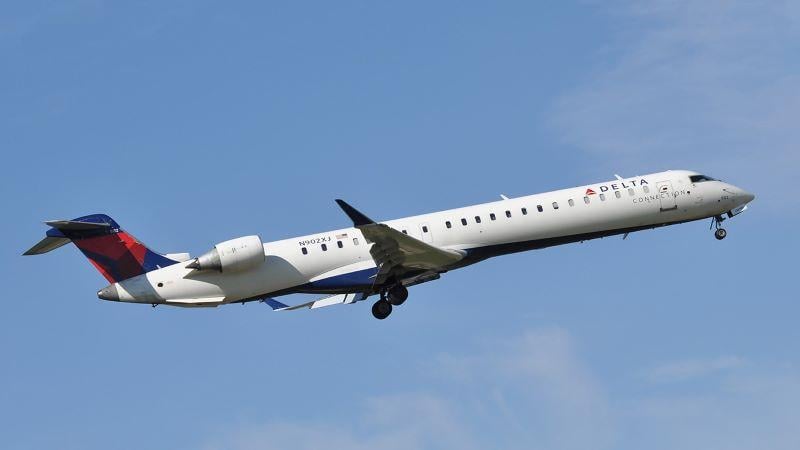
Credit: Delta Air Lines
ATLANTA—The demand for regional airlines is strong, albeit hampered by pilot availability and labor shortages, and executives say it is a market poised for evolution. “Certainly, there’s an effort in the industry today to upgauge, and that is happening—no doubt,” Endeavor Air VP-Maintenance and...
Subscription Required
This content requires a subscription to one of the Aviation Week Intelligence Network (AWIN) bundles.
Schedule a demo today to find out how you can access this content and similar content related to your area of the global aviation industry.
Already an AWIN subscriber? Login
Did you know? Aviation Week has won top honors multiple times in the Jesse H. Neal National Business Journalism Awards, the business-to-business media equivalent of the Pulitzer Prizes.
